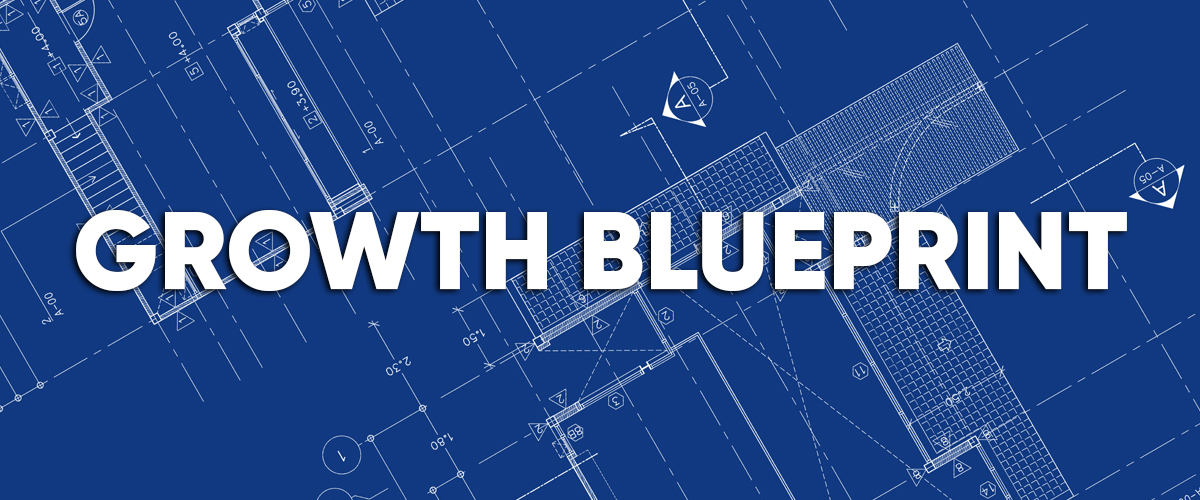In the dynamic world of construction, navigating the path to success requires more than just ambition; it demands a well-thought-out written strategy. For construction business owners seeking to elevate their companies, understanding and implementing effective growth tactics is paramount. This comprehensive guide aims to provide a roadmap for such growth, focusing on goal setting, strategic planning, and fostering a positive outlook for the future.
–
Setting the Course: The Power of SMART Goals
Embarking on a journey towards planned and managed business growth begins with setting robust goals. These goals act as beacons, guiding your business towards its desired destination. The SMART framework is a tried-and-tested method for creating effective goals:
–
- Specific: Clearly define your objectives, answering the who, what, where, when, and why.
- Measurable: Establish metrics to track progress, ensuring you can quantify your achievements.
- Attainable: Set challenging yet achievable targets, balancing ambition with realism.
- Relevant: Align your goals with your business’s overall vision and values.
- Time-Specific: Assign deadlines to maintain momentum and focus.
–
Consider a goal such as increasing annual revenue by 10% by year-end. This goal exemplifies the SMART criteria: it is specific in its target, measurable through financial metrics, attainable with dedicated effort, relevant to business growth, and time-specific with a clear deadline.
–
Crafting Your Blueprint: Developing a Strategic Plan
A strategic plan serves as a blueprint for your business’s growth. It’s more than just a document; it’s a roadmap for your journey. Here’s how to develop a plan that resonates with your business’s unique needs:
–
- Vision: Define the core values and purpose of your business. Conduct a SWOT analysis to understand your strengths, weaknesses, opportunities, and threats.
- Objectives: Establish clear objectives in areas such as finance, operations, and personnel. This step involves outlining your aspirations for company size, revenue targets, and personal milestones.
- Flexibility: Recognize that your vision might evolve. Be prepared to adapt and recalibrate your objectives as your business grows and market conditions change.
–
Remember, a strategic plan is not set in stone. Regularly revisiting and revising your plan ensures that it remains aligned with your long-term goals and the ever-changing landscape of the construction industry.
–
Mapping Your Construction Business’s Future: A Step-by-Step Guide
The construction industry, constantly evolving and fiercely competitive, requires business owners to be adept at planning and strategizing. The first step in this journey is to establish a comprehensive annual plan. This involves defining a clear vision for your business and setting realistic milestones for the upcoming years. The process should be collaborative, involving your leadership team and key personnel. Together, you’ll brainstorm and develop a plan that encapsulates your ambitions and addresses potential obstacles.
–
Key Components of an Annual Plan:
- Project Goals: Set targets for the number of projects, desired revenue, and net profit for the year.
- Obstacle Mitigation: Identify and plan for challenges that might impede your long-term vision.
- Operational Enhancements: Consider implementing new software or hiring additional staff to improve efficiency.
- Goal Breakdown: For each goal, develop strategies and actions, assign responsibilities, and establish timelines.
- Performance Tracking: Establish Key Performance Indicators (KPIs) to monitor progress towards each goal.
–
Your annual budget is integral to this plan. It should include a breakdown of the previous year’s actuals and the current year’s budget, updated quarterly to reflect your business’s financial health. This not only provides a clear financial snapshot but also aligns your fiscal performance with your strategic goals.
–
Quarterly Planning: Pacing Your Progress Upon completing your annual plan, it’s crucial to break it down into quarterly segments. This step ensures a balanced workload throughout the year and maintains steady progress towards your annual goals. These quarterly goals, or “rocks”, are pivotal tasks or objectives that, once achieved, significantly advance your business.
–
Effective Team Communication: The Key to Success Involving your team in the planning process fosters a shared understanding of the company’s direction. It is vital to communicate the overarching goals and the rationale behind them. This transparency cultivates a collaborative environment where every team member understands their role in the broader company vision.
–
Adapting to Change: The Essence of Planning Planning in the construction industry is not about setting rigid rules but rather about adapting to change. Regularly reviewing and adjusting your plans allows your business to respond effectively to market shifts and internal developments. It’s a dynamic process that requires flexibility and foresight.
–
Empowering Family-owned Builders, Remodelers, and Trade Companies
Small Business Growth Partners’ exclusive Business Diagnostic & Plan of Action (BPA) emerges as a vital tool for family-owned construction business owners seeking a pathway to success. Tailored specifically for Family-owned builders, remodelers, and trade companies, the BPA offers a detailed, comprehensive analysis that aligns perfectly with the strategic planning and goal-setting outlined in this guide. By integrating SMART goals, a flexible strategic plan, and a robust annual planning process, the BPA ensures that your business not only thrives in the competitive construction industry but also stays ahead of the curve.
–
Offered as a member benefit through our partnership with State Home Builder Associations, and accessible exclusively to our members and direct client referrals, our BPA stands as a testament to our commitment to your growth and success. It’s not just a plan; it’s a partnership in your journey towards realizing your business aspirations. With SBGP’s BPA, you’re equipped not only with a blueprint for growth but also with a dedicated partner in your journey to build a sustainable, prosperous future.





